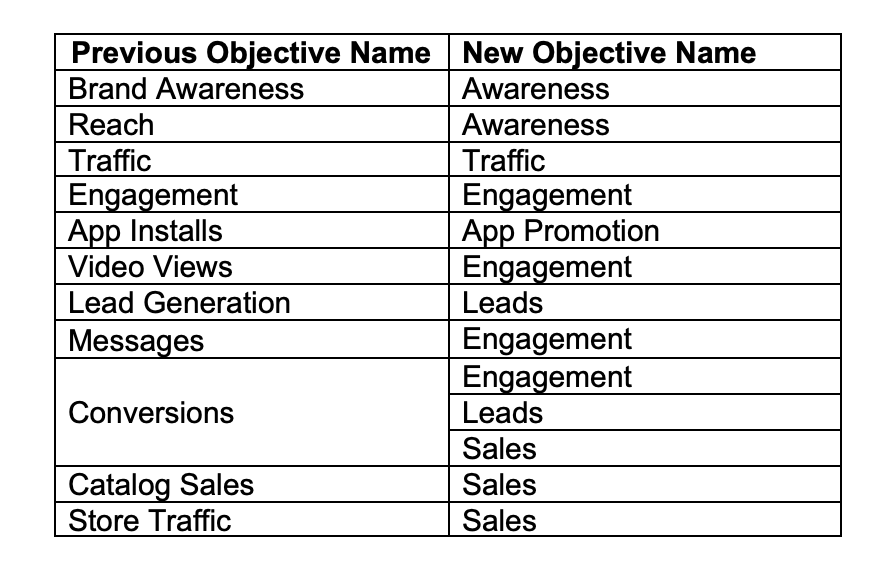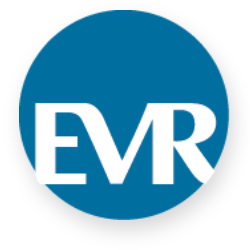While seniors make up the smallest demographic on Facebook, they have still made it their social platform of choice, using it more than any other social site.
And consider this: Facebook has 2.9 billion (yes, that is with a “B”) users, with more than 300 million in the United States. Of those, about 41 percent are aged 35 to 65.
That adds up to some 120 million potential leads in the age group senior living communities should be targeting: seniors and adult children of seniors.
With those numbers, can you afford not to invest in a Facebook social strategy?
While they shouldn’t be the focus of all your senior living marketing efforts, Facebook ad campaigns that are done right can be a vital part of your overall marketing mix to get new leads in your funnel and prospects through the door.
Low Organic Reach Makes Facebook Ads a Must
Paid Facebook ads are an efficient and cost-effective way to reach prospects for senior living communities. And these days, they are the only way to reach a large portion of your target audience.
With Facebook’s algorithm changes over the years, average organic reach is now just 5.2 percent. So, if you have 1,000 followers, only about 52 of them will see your unpaid content.
The solution is paid advertising. And it works: Digital advertising, including paid social media, was the second largest source of leads for senior living communities in 2019, behind only resident referrals.
The Importance of Objectives
With a paid Facebook ad campaign, it all starts with an objective. The objective you choose will dictate who your campaign reaches and how.
Facebook recently started rolling out updated objective names. A complete rollout will take a while, so you may not have access to the new options yet. If you do, here is a comparison of the old objective names vs. the new ones:

Here are how the relevant objectives relate to your senior living campaign:
- Awareness shows your ad as often as possible to your target audience to increase awareness of your brand or service.
- Traffic sends people to your chosen destination, such as a landing page, contact page or blog post.
- Engagement reaches people most likely to interact with your ad. That includes likes, shares, comments, offer claims and more.
- Leads show ads to those most likely to take a conversion action, such as a newsletter sign-up or download or filling out a contact form.
How Objectives Relate to the Buyer Journey
Each of these objectives corresponds with a stage in the buyer journey or marketing funnel. If you only address one stage, such as awareness, you will get a prospect’s attention only to lose it when they move to the next stage.
Here are the stages and the corresponding objectives you might consider choosing to create the most effective senior living advertising campaign:
- Awareness (Top of Funnel)—The prospect realizes they have a problem to solve. For a senior living community, ad text might address topics such as “My parent can’t live alone anymore” or “Home upkeep is too much for me.”
Objective: (Old) Brand Awareness or Reach; (New) Awareness. - Consideration (Middle of Funnel)—The prospect is actively researching solutions to the problem they identified in the awareness stage. Ad text should address informational topics, such as contract types, features & amenities or types of senior living communities.
Objective: (Old) Traffic, Engagement, Video Views, Lead Generation; (New) Traffic, Engagement, Leads. - Decision (Bottom of Funnel)—The prospect has decided on the solution to their problem. They may be looking for pricing, a personal tour or a conversation with a salesperson, so ad text should address those needs.
Objective: (Old) Lead Generation, Messages, Conversions; (New) Engagement, Leads, Sales.
What to Expect from Your Objective
- Awareness: When you choose awareness or reach as an objective, your ad will show to as many people in your target audience as possible. The emphasis is on getting eyes on your ad, so you will have many impressions and few conversions.
- Traffic: When your objective is traffic, the goal is to get as many people to your website as possible. Therefore, your ads will be shown to those most likely to view your page or click on a link.
- Engagement: Your ads will be shown to people most likely to interact with your brand. Interactions include shares, likes, clicks, comments, reviews and offer claims.
- Leads: Your ads will be shown to those most likely to take a conversion action, such as downloading an e-book, requesting more information or filling out a lead form. With leads, you will get fewer impressions but more conversions.
There are two ways to get people to fill out lead forms:
- Facebook lead forms—The most common option is to use Facebook’s lead form, which will autofill fields using the prospect’s existing information from Facebook. The lead forms are customizable, allowing you to add your logo and relevant images to provide a better brand experience.
- Landing pages—Your ads can also link to a landing page on your website with a custom lead form. If you use this option, it is important to have a great landing page and an optimized website because that is where the prospect will end up. You want them to have a memorable user experience that raises your community to top of mind.
The first option is the easiest for the marketer and the prospect. It is quick to do and takes little thought. However, if a form is too easy to fill out, you will get many forms but may lack for qualified leads.
Adding questions or qualifiers to your Facebook lead form can weed out some unqualified leads. As a result, you will get fewer leads, but the ones you get will be more likely to convert.
Asking too many questions or having too many qualifiers will add too much friction to the process, resulting in few leads. The goal is to be like Goldilocks and find a form that is just right for your target audience.
Facebook Targeting
With Facebook, you have many targeting options, so you must understand your ideal customer or “buyer persona.”
Knowing the demographics, psychographics and geographics of those most likely to need what you offer is important so you can target your ads correctly. Otherwise, you will spend money on unproductive clicks that could be better spent elsewhere.
You can target your ads by:
- Gender
- Location
- Age
- Income
- Interests
- And more
That makes it easy to create senior and adult child segments and target them appropriately, using the right language and addressing the main pain points of each.
Facebook Retargeting
The Facebook pixel (now the Meta pixel) is a code that allows you to track and analyze your ads and how people engage with them.
It also allows you to retarget prospects. As people interact with your website or Facebook ad, the pixel keeps track of them and then serves them new Facebook ads in their newsfeeds to remind them of your brand and get them back to your website.
You can use retargeting with people who:
- Visited your website.
- Took action on your website.
- Clicked on a link.
- Engaged with your page on social media.
- Visited a specific page, such as a contact page.
The thought behind retargeting is that people who have interacted with your brand are more likely searching for the services or products you offer. Thus, they are more likely to click on a retargeting ad.
Studies show only two percent of website visitors convert on a first visit while people who see retargeting ads are 70 percent more likely to convert. And most marketers use retargeting as part of their Facebook and Instagram strategies.
Facebook ads are a great way to generate valuable leads for your senior living community. If you are not taking advantage of Facebook advertising, you are missing out on a steady stream of new residents for your community.











